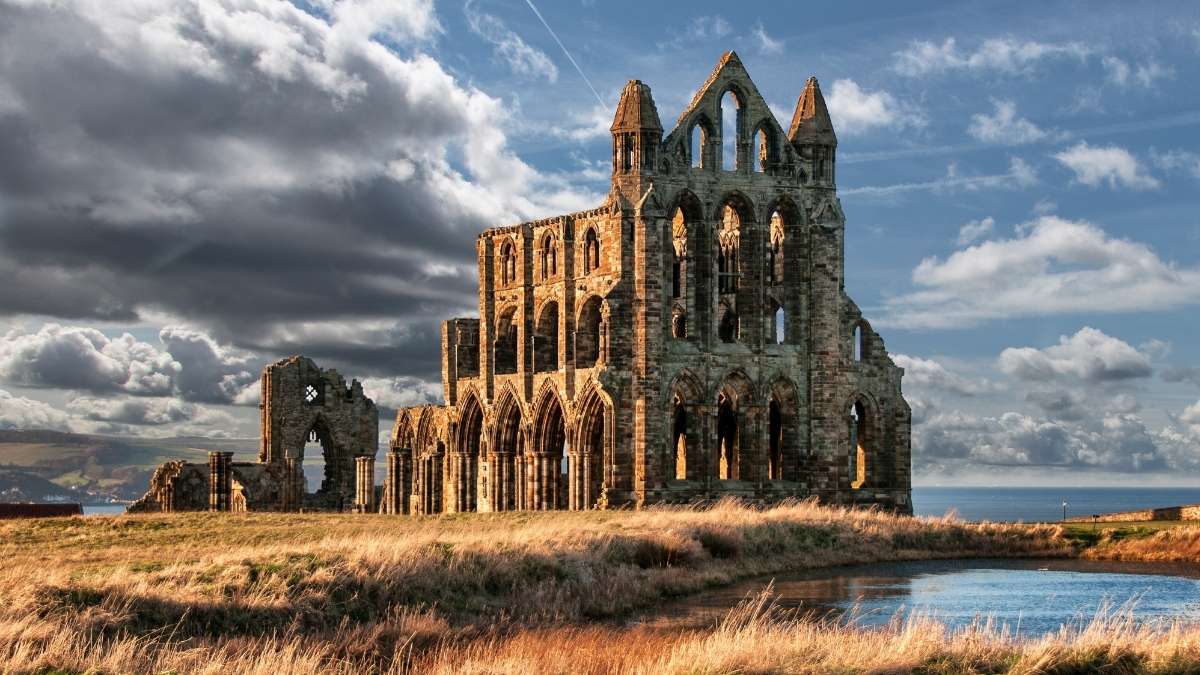
Haunted Historic Houses
31st Oct 2023
England and its buildings are steeped in history, but not all stories from the past are pleasant; many are shrouded in mystery and darkness with supernatural spirits calling some historic buildings home. This Halloween we’ll take a spine-tingling trip around the country, uncovering dark tales and haunted happenings from some of our treasured heritage buildings.
Borley Rectory
Once dubbed the most haunted house in England, Borley Rectory in Essex had a reputation for strange occurrences, including apparitions, strange lights and phantom footsteps. The rectory was constructed in 1863 on the site of an old monastery with paranormal activity reported from the late 1800s. The rectory was damaged by fire in 1939 and demolished in 1945 but the spooky stories remain. One such story is that of a nun from a nearby convent who fell in love with a monk from the monastery. The couple attempted to elope but were found and sentenced to death. Reportedly, the monk was sent to the gallows in the monastery while the nun was sealed in the walls of the convent. The heartbroken nun is one of the earliest and most famous sightings.
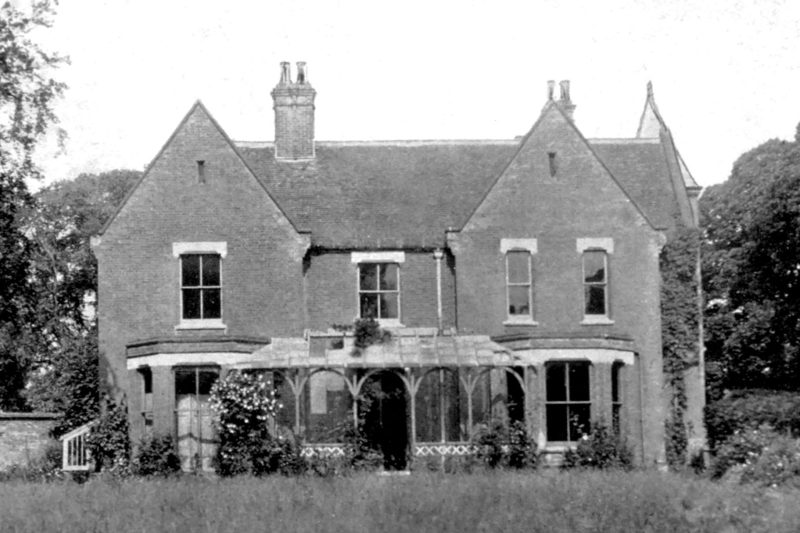
Ancient Ram Inn
The Ancient Ram Inn is a Grade II* listed former pub in Wolton-under-Edge, Gloucestershire and dates back to the medieval period. The Ancient Ram Inn has arguably taken Borley Rectory’s crown as the most haunted house in the country, maybe not surprisingly when you learn that it was built on a Pagan burial ground. In 1968 the building was bought by John Humphries to save it from destruction, and he made it his home for almost 50 years until his death in 2017. According to his accounts, John was grabbed by demonic forces who dragged him across his bedroom and he found evidence of ritual sacrifice and skeletal remains. A host of spirits are believed to also call the Ancient Ram Inn home, including the ghost of a witch burned at the stake in the area after trying to take refuge at the inn. Ghost hunts take place at the Ancient Ram for those brave enough!
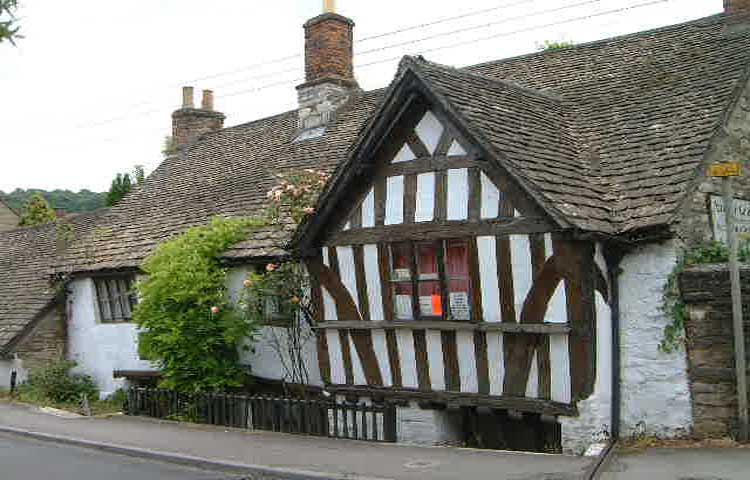
Hampton Court Palace
Built in 1514, Hampton Court Place is a Grade I listed royal palace in Surrey, occupied by Henry VIII and his six wives from 1529 onwards. The palace was expanded in the early 16th century and now includes over 1,390 rooms. Various royals occupied the palace over the years with George II the last to use it as a royal residence. Unsurprisingly, this royal palace has been the location for various high profile ghost sightings including Jane Seymour, the third wife of Henry VIII who died shortly after childbirth. His fifth wife Catherine Howard is also reported to haunt the palace. Arrested at Hampton Court Palace in 1541 on accusations of adultery and treason, she was later executed at the Tower of London. Visitors report hearing her screams in the hall, which has come to be aptly termed the ‘Haunted Gallery’. You can visit Hampton Court Palace and they host events and tours throughout the year.
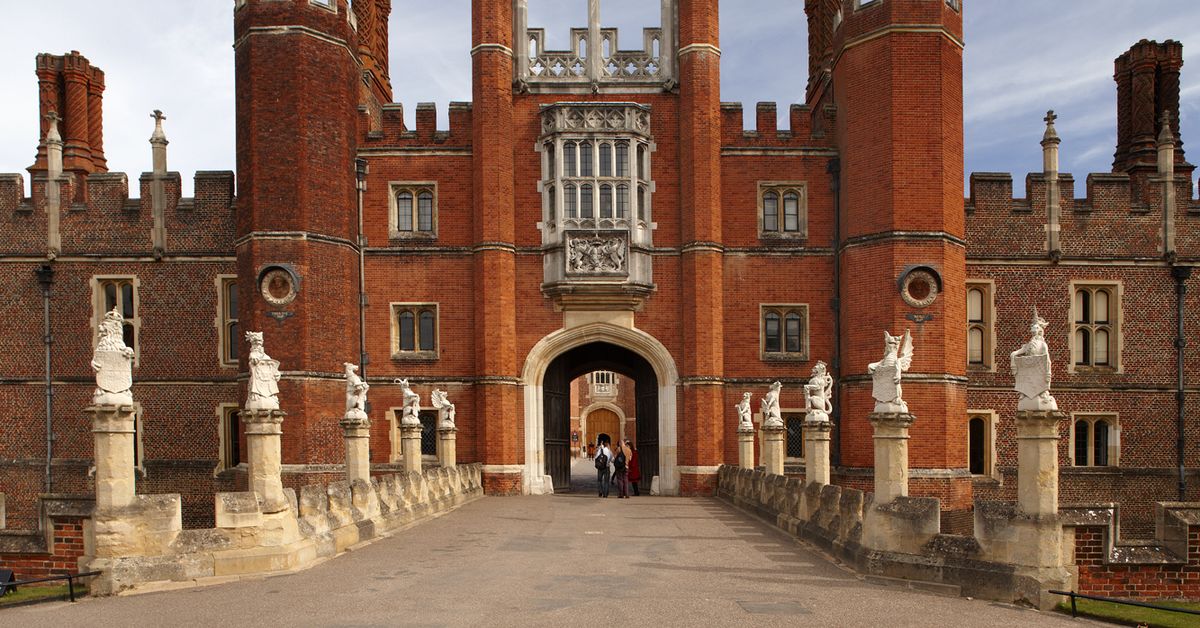
Berry Pomeroy
A ruin tucked away in a wooded valley, Berry Pomeroy Castle offers the perfect backdrop for stories of apparitions and sinister happenings. Located in South Devon, it comprises a Tudor mansion within the walls of an earlier castle, originally occupied by the Pomeroys and later the Seymours. It lay abandoned from the 17th century with the romantic ruins becoming a tourist destination during the Victorian period. Various spectres have been reported at the castle including the Blue Lady and the White Lady. The White Lady is believed to be Margaret Pomeroy who was held captive in the dungeons by her jealous sister and starved to death. The Blue Lady reportedly lures people into different parts of the castle in an attempt to get them lost. As well as the two ladies, eerie lights have been seen, disembodied voices heard, and cold spots felt. The castle is now owned by English Heritage and is open to visitors.

Aston Hall
The Grade I listed Jacobean Aston Hall in Birmingham was constructed between 1618 and 1635 by Thomas Holte, a notoriously fearsome man. The hall sustained severe damage from an attack by Parliamentary troops in 1643 and a hole in one of the staircases from canon fire is still visible. Tales of murder, mystery and tragedy pervade the hall and have been passed down over the last 400 years. One spirit spotted in the hall is Dick the houseboy who hanged himself after being accused of stealing. A former housekeeper and one of Thomas’s daughters, Mary Holte have also been spotted. Mary was said to have been locked up in a cell at the hall for 16 years after attempting to run away with a servant. Aston Hall is now managed by the Birmingham Museums Trust and you can visit the site, if you dare.
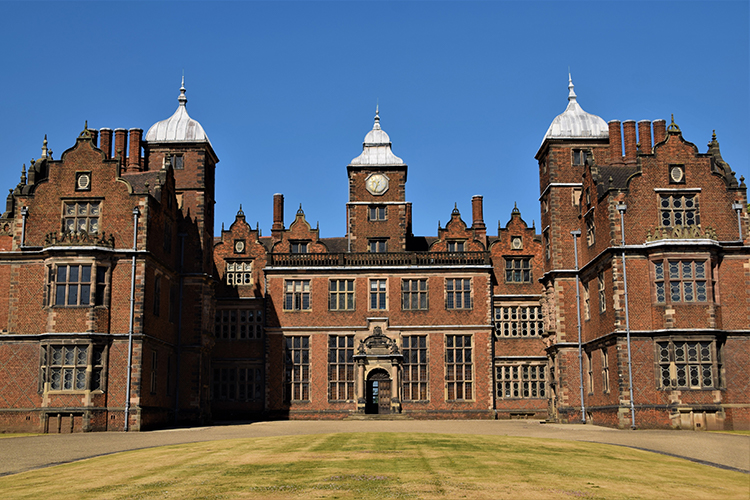
Whitby Abbey
Whitby Abbey is a quintessentially gothic site, inspiring Bram Stoker to write Dracula after his visit in 1890. It was a 7th century Christian monastery that later became a Benedictine abbey and looms over the North Sea on a cliff above Whitby. As well as tales of vampires, the abbey has a ghostly past. It is said that the ghost of St Hild or St Hilda who founded Whitby Abbey roams the site, where she looks down from the high windows. Another ghost is said to be Constance de Beverley, a nun who broke her vow of chastity and was bricked up alive in the abbey walls. People have heard her unanswered cries, pleading for her release. Now managed by the National Trust, visitors can try to catch a glimpse of chilling spectres and even a vampire or two at the annual Whitby Abbey vampire gathering.

Blickling Hall
This imposing Jacobean stately home was built in 1616 and its library contains one of the most historically important collections of books and manuscripts in England, with over 13,000 volumes. Home to another ghost of one of Henry VIII’s wives, Anne Boleyn was born here in around 1501 and it is her ghost that reportedly haunts the hall. Each year on the anniversary of her death, she is said to be arrive at the hall by coach, driven by a headless horseman and pulled by four headless horses. She is dressed in white and carries her severed head into the hall before roaming the rooms and corridors until sunrise. You can visit the Blickling Estate as it is now managed by the National Trust. If you want to try and catch a sight of Anne Boleyn’s ghost, visit on her would-be execution date, May 19th.
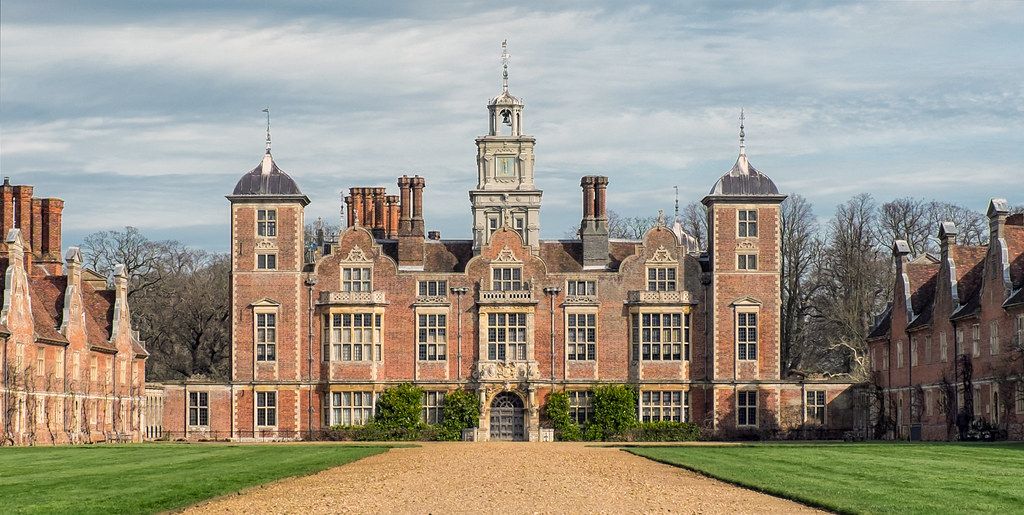
Chillingham Castle
Proclaimed to be the most haunted historic castle in England, Chillingham boasts some of the highest levels of paranormal activity in the country. Dating back to the 13th century, the Grade I listed Northumbrian stronghold has seen its fair share of violence and death, having been repeatedly besieged. The castle remains almost in its original form, with some elements added during the Tudor period. Several ghosts are said to wander the castle, the most famous being the ‘Radiant Boy, a child whose cries echo through the corridors at midnight. The cries seem to come from a spot near a passageway between towers and when the sounds fade away, a bright halo of light appears, and the figure of a young boy appears to those sleeping in this room. The bones of a child, surrounded by decayed scraps of blue cloth were later found behind the wall where the cries emanated from. So notorious are the hauntings at Chillingham, that it was visited by the television programme Most Haunted. The castle is privately owned, still by descendants of the original occupiers and you can visit or even stay over although it’s probably not for the faint of heart!
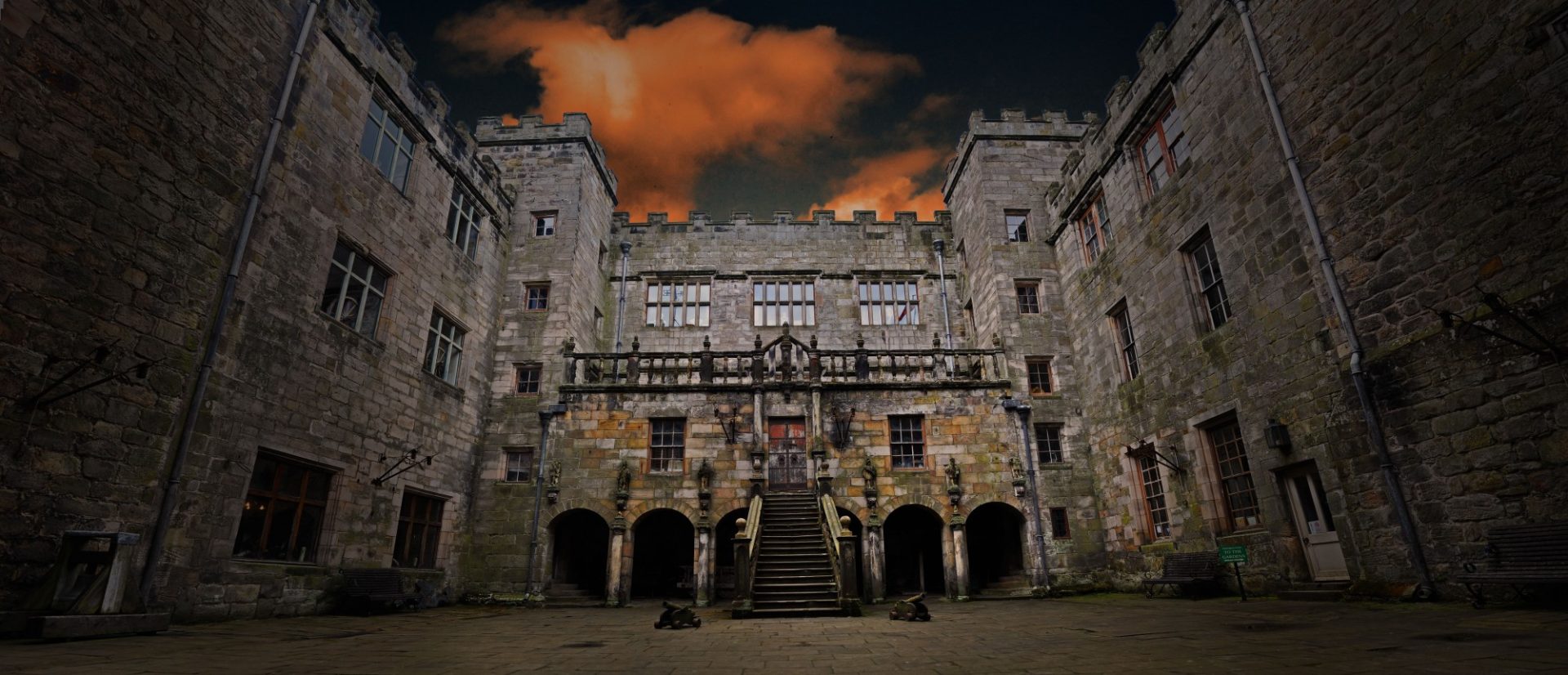
Treasurer’s House
The Treasurer’s House is tucked away behind York Minster and is a pretty townhouse sitting atop a Roman road. It was bought in 1897 by Frank Green, the grandson of wealthy industrialist and 3 years later he had transformed it into an elaborately decorated house, ready to host Edward VII. When Frank Green gave the house to the National trust in 1930, he maintained that if the rooms weren’t kept exactly as he intended and any changes were made, he would return to haunt the building. Nowadays if objects are moved or temporarily removed for conservation, eerie occurrences begin. If this wasn’t enough, there are frequent sightings of a cat in what is now the coffee shop, clocks stopping, members of the National Trust team being pushed or feeling cold spots and on several occasions the ghosts of Roman legionnaires have been seen marching in the cellar along the route of what was the Via Decumana. The house is open to visitors with guided tours available.
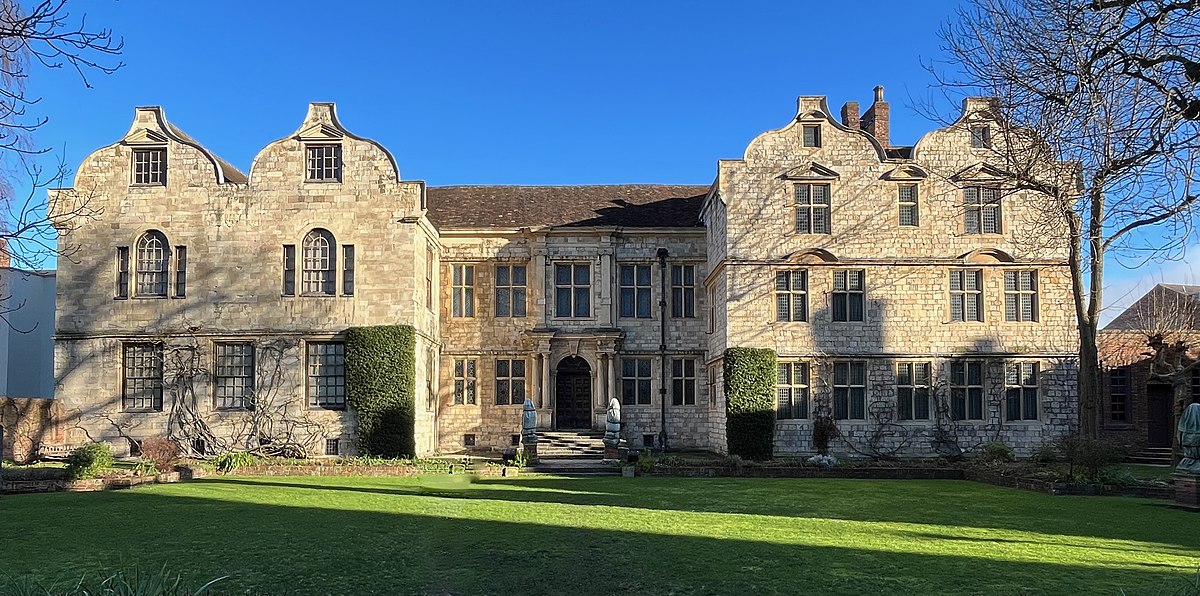
Dunster Castle
Dunster Castle in Somerset is home to various apparitions, perhaps unsurprisingly given its 1,000 year history. A ghostly man wearing green has been spotted walking through the castle’s 17th century stable block before disappearing right in front of shocked visitors and locals. His energy is so menacing that visitors have repeatedly asked whether any murders have happened in the room. A cleaner working at the castle came face-to-face with a man in military uniform with the area she spotted him in later found to have been a dormitory for civil war troops. Perhaps most disturbingly, a National Trust volunteer reported that a disembodied human foot appeared out of nowhere. There are also reports of male voices and footsteps when no one is there. The National Trust have been running ghost tours, giving visitors the chance to meet one of these eerie spectres.
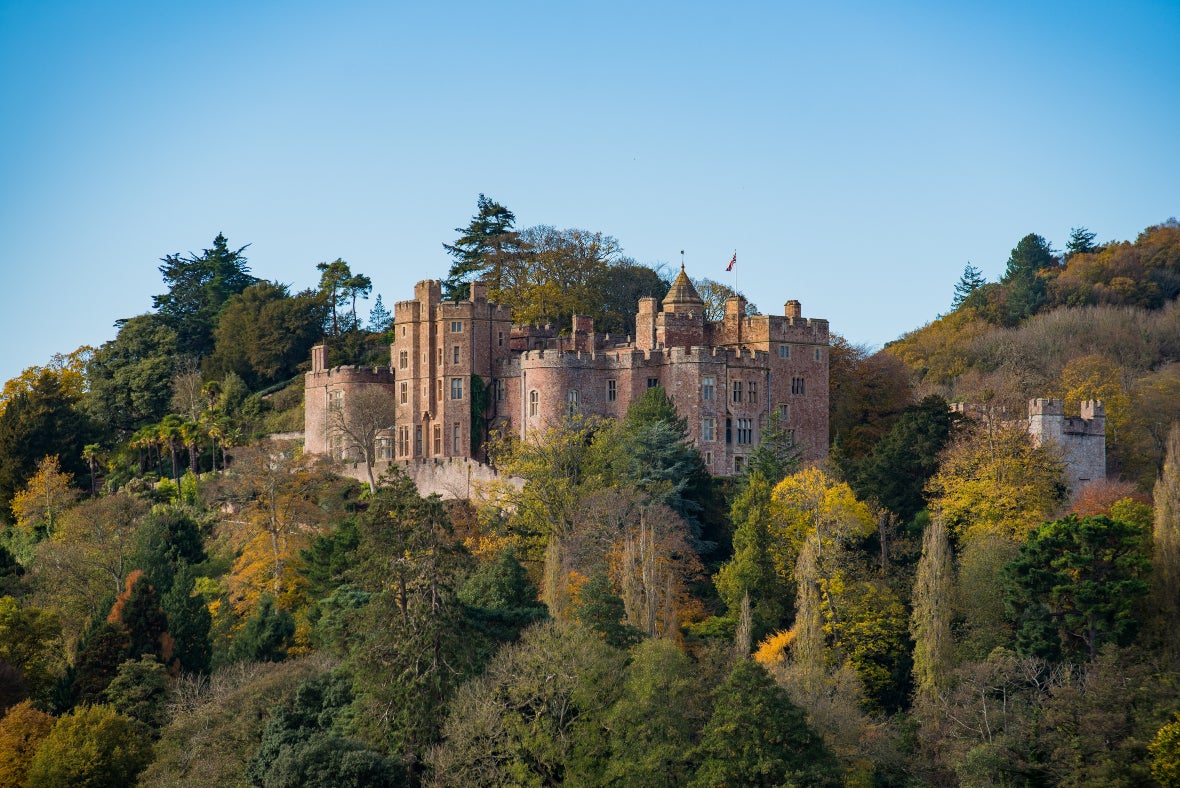
This is just a small selection of the haunted buildings in England and each historic site has its own stories to tell. What will you discover this Halloween?
Back to Blog

